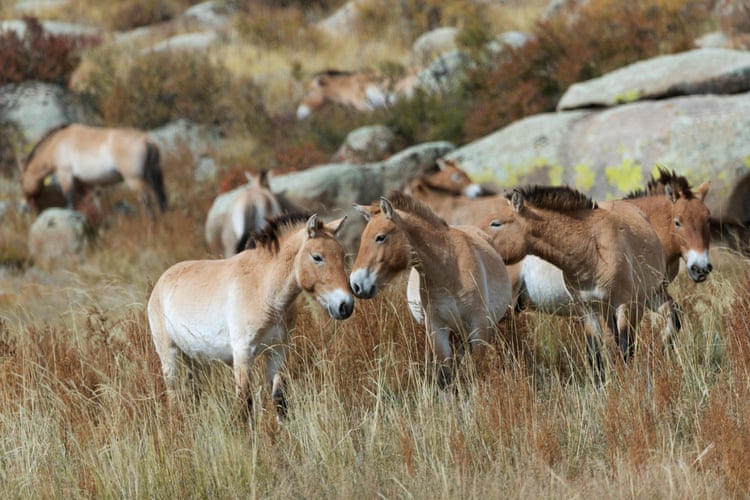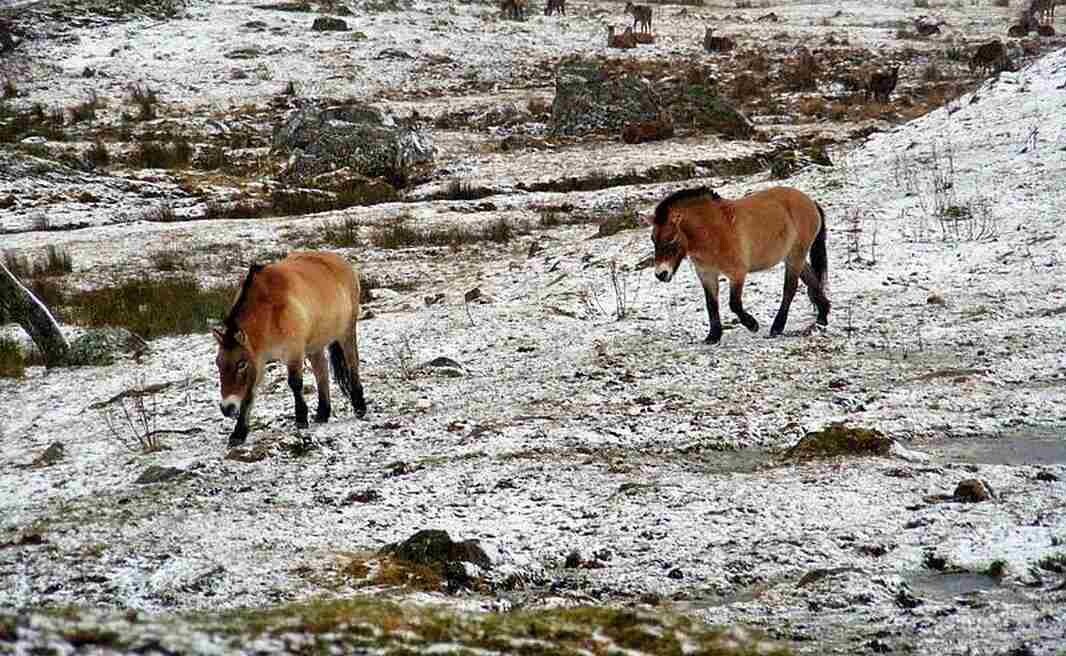Everything on this planet serves a higher purpose. That’s why we are seeing documentaries like Life Without Bees, which will be a lot worse than most people think. Well, horses might not have the same impact as bees, but they are also important for the earth’s fauna and flora.
Horses on our planet have a long history and they’ve probably been around more than us. They date back thousands of years, and nobody knows how far they go back. Some reports say that they are around 50,000 years old, while others say that they are even older than that.
However, they were extinct about 10,000 years ago. The modern horse that we know today was domesticated around 2200 BCE, and since then the evolution of horses and their impact on humanity started.
Horses and Human Civilization
The bond between humans and horses should be the main point of the article. It is safe to say that without horses, we wouldn’t be at the stage we are at today. The domestication of horses revolutionized many things such as economies, transportation, agriculture, communication, and even warfare.
They are the main fuel that drives civilizations to expand and reach new levels. Now that we’ve reached a point where we no longer need horses for everyday activities, they are now used for entertainment purposes like horse racing.
This is a huge industry at the moment. Just look at the top Preakness Stakes contenders on TwinSpires, there is a lot of money into play.
But let’s focus more on the impact of horses on Earth’s fauna and flora. We also shouldn’t forget about wild horses that are scattered all across the world.
Horses as Keystone Species
In addition to being symbols of strength and grace, horses are important animals in many ecosystems. Their grazing practices affect the dynamics of the vegetation, resulting in a variety of habitats that support a wide range of species.
Horses prevent particular plant species from taking over by grazing on grasses and shrubs, which encourages a mosaic of plant communities that are home to a wide variety of insects, birds, and animals. Their existence contributes to the general well-being of the flora and wildlife of our world by preserving biodiversity and ecological resilience.
It is estimated that horses eat around twenty pounds of food a day, mostly pasture and grasses. A solitary equine may yield around fifty pounds of excrement every day, acting as an organic fertilizer to promote soil health.
Equine Welfare and Managing Habitat
Horses are prized for their capacity to successfully manage ecosystems in addition to their function as grazers. Their hoof motion aerates the soil, improving the cycling of nutrients and water penetration.
This promotes soil health and plant growth, fostering an environment that is ideal for the growth of a wide variety of plant species. Furthermore, by keeping invasive plant species from outcompeting native flora and upsetting the equilibrium of the environment, horses’ grazing habits can help curb their spread.
Preserving Equine Heritage
The benefit of conserving horses is becoming more widely acknowledged along with environmental protection.
Globally, efforts to conserve heritage breeds and wild horse populations are gathering steam. The major goals of conservation initiatives are to protect the genetic variety of horse populations, make sure that these populations are resilient to environmental changes, and preserve distinctive characteristics that aid in ecosystem adaptability.
It is believed that there are 300,000 wild horses only in the United States world, and conservation efforts are made to protect their natural habitats and genetic variety.
Equines as Nomadic Gardeners
Because they move around so much throughout the grazing season, horses help spread seeds across their environment, making them mobile gardeners.
Seeds stick to their fur or become eaten and then released through their droppings as they travel and eat a variety of plants. Long-distance seed dispersion made possible by this technique enables plant populations to regenerate and new regions to be colonized.
Linking Habitats and Enhancing Diversity
Through establishing connections across ecosystems and promoting gene flow among plant populations, equines’ seed distribution contributes to ecological connectedness.
Maintaining genetic variety, boosting resistance to environmental changes, and assisting plant species in adapting to new environments all depend on this link. Additionally, it encourages the growth of plant communities in a variety of environments, which adds to the general resilience and richness of ecosystems.
Final Words
So, horses have a much deeper impact on our planet than we think. We often pick them as beautiful animals to look at, but their action, behavior, habitat, and daily activities impact our world in many different ways.
It is safe to say that the world wouldn’t be the same without these majestic animals.
Lead Photo by Andrea Piacquadio.







Leave a Reply